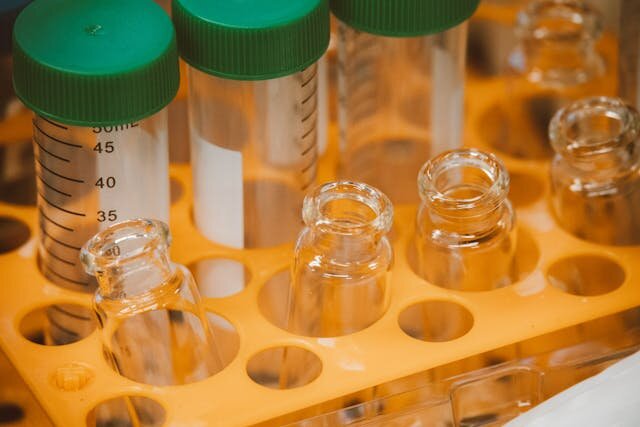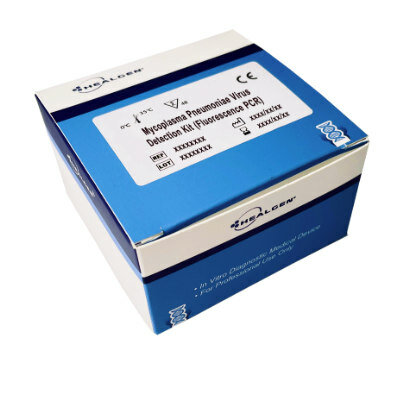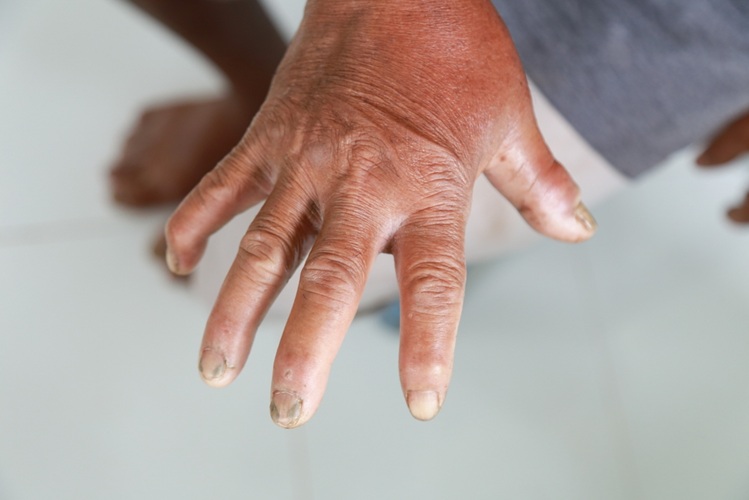Elevated Cholesterol Reported in Blood Tests on Children
|
By LabMedica International staff writers Posted on 28 Jul 2010 |
The concentration of low-density lipoprotein (LDL) in the blood is a guide to the health of the individual. Increased LDL cholesterol is indicative of type 2 diabetes and early heart attacks.
The normal value of LDL for children ages 2-19 years is under 130 mg/dL. Serum concentrations of total cholesterol and triglycerides are determined using enzymatic procedures. Children are seldom checked for their cholesterol levels as screening them has until recently not been considered a priority.
In a study, 20,266 fifth-grade children, had blood taken and a lipid panel analysis was performed. The panel included total cholesterol, triglycerides, and LDL and, very-low density lipoprotein (VLDL) serum levels (Abbott, North Chicago, IL, USA). The LDL and VLDL concentration were measured after heparin–calcium precipitation and determined by densitometric (electrophoretic) ratio and cholesterol content of the two lipoproteins.
The study found that among the 11-year-olds who met current cholesterol screening guidelines, 8.3% had LDL cholesterol levels of 130 mg/dL or higher, and 1.2% had LDL cholesterol levels of 160 mg/dL or higher. Among the 11-year-olds who would not have been screened under current guidelines, 9.5% had LDL cholesterol levels of 130 mg/dL or higher and 1.7% had LDL cholesterol levels of 160 mg/dL or higher.
More than 70% of the 20,266 children who were screened would have qualified for routine cholesterol screening, according to current U.S. National Cholesterol Education Program (NCEP; Bethesda, MD, USA) guidelines. But even more surprising was how many children had high cholesterol even though they would not have qualified for routine screening. The study was performed at the West Virginia University, (West Virginia University, Morgantown, WV, USA).
William Neal, MD, professor of pediatrics at West Virginia University, said, "A lot of parents told us they did not even know children had cholesterol, let alone high cholesterol. Just as many children who would not have been screened ended up with severely high cholesterol levels as in the group that did qualify for screening based on family history.” One in three children with dangerously high cholesterol is missed by current screening recommendations. The study was published in July 2010 in Pediatrics.
Related Links:
Abbott
U.S. National Cholesterol Education Program
West Virginia University
The normal value of LDL for children ages 2-19 years is under 130 mg/dL. Serum concentrations of total cholesterol and triglycerides are determined using enzymatic procedures. Children are seldom checked for their cholesterol levels as screening them has until recently not been considered a priority.
In a study, 20,266 fifth-grade children, had blood taken and a lipid panel analysis was performed. The panel included total cholesterol, triglycerides, and LDL and, very-low density lipoprotein (VLDL) serum levels (Abbott, North Chicago, IL, USA). The LDL and VLDL concentration were measured after heparin–calcium precipitation and determined by densitometric (electrophoretic) ratio and cholesterol content of the two lipoproteins.
The study found that among the 11-year-olds who met current cholesterol screening guidelines, 8.3% had LDL cholesterol levels of 130 mg/dL or higher, and 1.2% had LDL cholesterol levels of 160 mg/dL or higher. Among the 11-year-olds who would not have been screened under current guidelines, 9.5% had LDL cholesterol levels of 130 mg/dL or higher and 1.7% had LDL cholesterol levels of 160 mg/dL or higher.
More than 70% of the 20,266 children who were screened would have qualified for routine cholesterol screening, according to current U.S. National Cholesterol Education Program (NCEP; Bethesda, MD, USA) guidelines. But even more surprising was how many children had high cholesterol even though they would not have qualified for routine screening. The study was performed at the West Virginia University, (West Virginia University, Morgantown, WV, USA).
William Neal, MD, professor of pediatrics at West Virginia University, said, "A lot of parents told us they did not even know children had cholesterol, let alone high cholesterol. Just as many children who would not have been screened ended up with severely high cholesterol levels as in the group that did qualify for screening based on family history.” One in three children with dangerously high cholesterol is missed by current screening recommendations. The study was published in July 2010 in Pediatrics.
Related Links:
Abbott
U.S. National Cholesterol Education Program
West Virginia University
Latest Clinical Chem. News
- ‘Brilliantly Luminous’ Nanoscale Chemical Tool to Improve Disease Detection
- Low-Cost Portable Screening Test to Transform Kidney Disease Detection
- New Method Uses Pulsed Infrared Light to Find Cancer's 'Fingerprints' In Blood Plasma
- Carbon Nanotubes Help Build Highly Accurate Sensors for Continuous Health Monitoring
- Paper-Based Device Boosts HIV Test Accuracy from Dried Blood Samples
- AI-Powered Raman Spectroscopy Method Enables Rapid Drug Detection in Blood
- Novel LC-MS/MS Assay Detects Low Creatinine in Sweat and Saliva
- Biosensing Technology Breakthrough Paves Way for New Methods of Early Disease Detection
- New Saliva Test Rapidly Identifies Paracetamol Overdose
- POC Saliva Testing Device Predicts Heart Failure in 15 Minutes

- Screening Tool Detects Multiple Health Conditions from Single Blood Drop
- Integrated Chemistry and Immunoassay Analyzer with Extensive Assay Menu Offers Flexibility, Scalability and Data Commutability
- Rapid Drug Test to Improve Treatment for Patients Presenting to Hospital
- AI Model Detects Cancer at Lightning Speed through Sugar Analyses
- First-Ever Blood-Powered Chip Offers Real-Time Health Monitoring
- New ADLM Guidance Provides Expert Recommendations on Clinical Testing For Respiratory Viral Infections
Channels
Molecular Diagnostics
view channel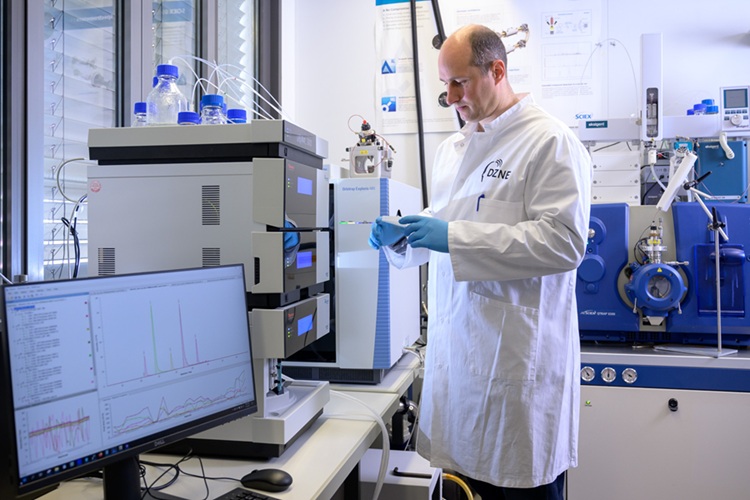
Blood Biomarker Test Could Detect Genetic Predisposition to Alzheimer’s
New medications for Alzheimer’s disease, the most common form of dementia, are now becoming available. These treatments, known as “amyloid antibodies,” work by promoting the removal of small deposits from... Read more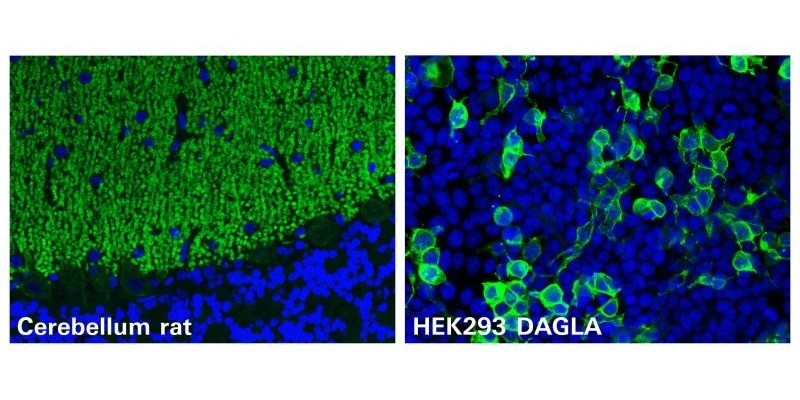
Novel Autoantibody Against DAGLA Discovered in Cerebellitis
Autoimmune cerebellar ataxias are strongly disabling disorders characterized by an impaired ability to coordinate muscle movement. Cerebellar autoantibodies serve as useful biomarkers to support rapid... Read more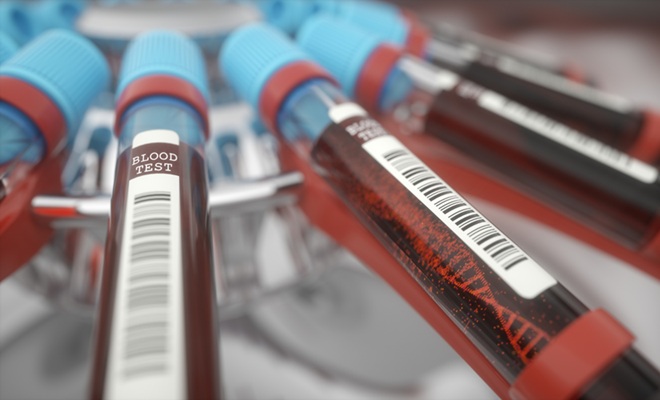
Gene-Based Blood Test Accurately Predicts Tumor Recurrence of Advanced Skin Cancer
Melanoma, an aggressive form of skin cancer, becomes extremely difficult to treat once it spreads to other parts of the body. For patients with metastatic melanoma tumors that cannot be surgically removed... Read moreHematology
view channel
New Scoring System Predicts Risk of Developing Cancer from Common Blood Disorder
Clonal cytopenia of undetermined significance (CCUS) is a blood disorder commonly found in older adults, characterized by mutations in blood cells and a low blood count, but without any obvious cause or... Read more
Non-Invasive Prenatal Test for Fetal RhD Status Demonstrates 100% Accuracy
In the United States, approximately 15% of pregnant individuals are RhD-negative. However, in about 40% of these cases, the fetus is also RhD-negative, making the administration of RhoGAM unnecessary.... Read moreImmunology
view channel
Stem Cell Test Predicts Treatment Outcome for Patients with Platinum-Resistant Ovarian Cancer
Epithelial ovarian cancer frequently responds to chemotherapy initially, but eventually, the tumor develops resistance to the therapy, leading to regrowth. This resistance is partially due to the activation... Read more
Machine Learning-Enabled Blood Test Predicts Immunotherapy Response in Lymphoma Patients
Chimeric antigen receptor (CAR) T-cell therapy has emerged as one of the most promising recent developments in the treatment of blood cancers. However, over half of non-Hodgkin lymphoma (NHL) patients... Read moreMicrobiology
view channel
Handheld Device Delivers Low-Cost TB Results in Less Than One Hour
Tuberculosis (TB) remains the deadliest infectious disease globally, affecting an estimated 10 million people annually. In 2021, about 4.2 million TB cases went undiagnosed or unreported, mainly due to... Read more
New AI-Based Method Improves Diagnosis of Drug-Resistant Infections
Drug-resistant infections, particularly those caused by deadly bacteria like tuberculosis and staphylococcus, are rapidly emerging as a global health emergency. These infections are more difficult to treat,... Read more
Breakthrough Diagnostic Technology Identifies Bacterial Infections with Almost 100% Accuracy within Three Hours
Rapid and precise identification of pathogenic microbes in patient samples is essential for the effective treatment of acute infectious diseases, such as sepsis. The fluorescence in situ hybridization... Read morePathology
view channel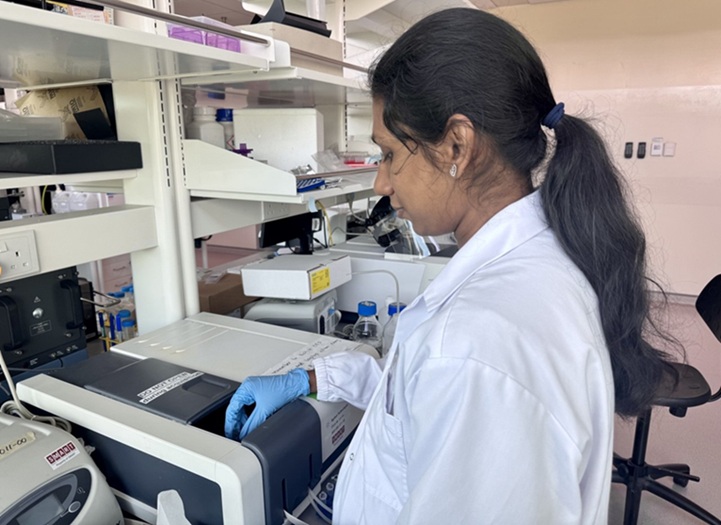
Novel UV and Machine Learning-Aided Method Detects Microbial Contamination in Cell Cultures
Cell therapy holds great potential in treating diseases such as cancers, inflammatory conditions, and chronic degenerative disorders by manipulating or replacing cells to restore function or combat disease.... Read more
New Error-Corrected Method to Help Detect Cancer from Blood Samples Alone
"Liquid biopsy" technology, which relies on blood tests for early cancer detection and monitoring cancer burden in patients, has the potential to transform cancer care. However, detecting the mutational... Read more
"Metal Detector" Algorithm Hunts Down Vulnerable Tumors
Scientists have developed an algorithm capable of functioning as a "metal detector" to identify vulnerable tumors, marking a significant advancement in personalized cancer treatment. This breakthrough... Read more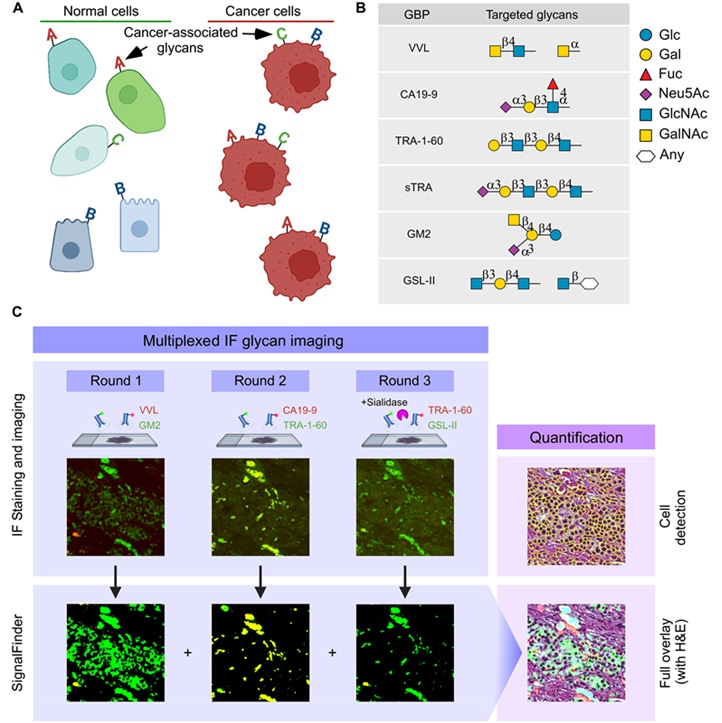
Novel Technique Uses ‘Sugar’ Signatures to Identify and Classify Pancreatic Cancer Cell Subtypes
Pancreatic cancer is often asymptomatic in its early stages, making it difficult to detect until it has progressed. Consequently, only 15% of pancreatic cancers are diagnosed early enough to allow for... Read moreTechnology
view channel
Disposable Microchip Technology Could Selectively Detect HIV in Whole Blood Samples
As of the end of 2023, approximately 40 million people globally were living with HIV, and around 630,000 individuals died from AIDS-related illnesses that same year. Despite a substantial decline in deaths... Read more
Pain-On-A-Chip Microfluidic Device Determines Types of Chronic Pain from Blood Samples
Chronic pain is a widespread condition that remains difficult to manage, and existing clinical methods for its treatment rely largely on self-reporting, which can be subjective and especially problematic... Read more
Innovative, Label-Free Ratiometric Fluorosensor Enables More Sensitive Viral RNA Detection
Viruses present a major global health risk, as demonstrated by recent pandemics, making early detection and identification essential for preventing new outbreaks. While traditional detection methods are... Read moreIndustry
view channel
Cepheid and Oxford Nanopore Technologies Partner on Advancing Automated Sequencing-Based Solutions
Cepheid (Sunnyvale, CA, USA), a leading molecular diagnostics company, and Oxford Nanopore Technologies (Oxford, UK), the company behind a new generation of sequencing-based molecular analysis technologies,... Read more
Grifols and Tecan’s IBL Collaborate on Advanced Biomarker Panels
Grifols (Barcelona, Spain), one of the world’s leading producers of plasma-derived medicines and innovative diagnostic solutions, is expanding its offer in clinical diagnostics through a strategic partnership... Read more







